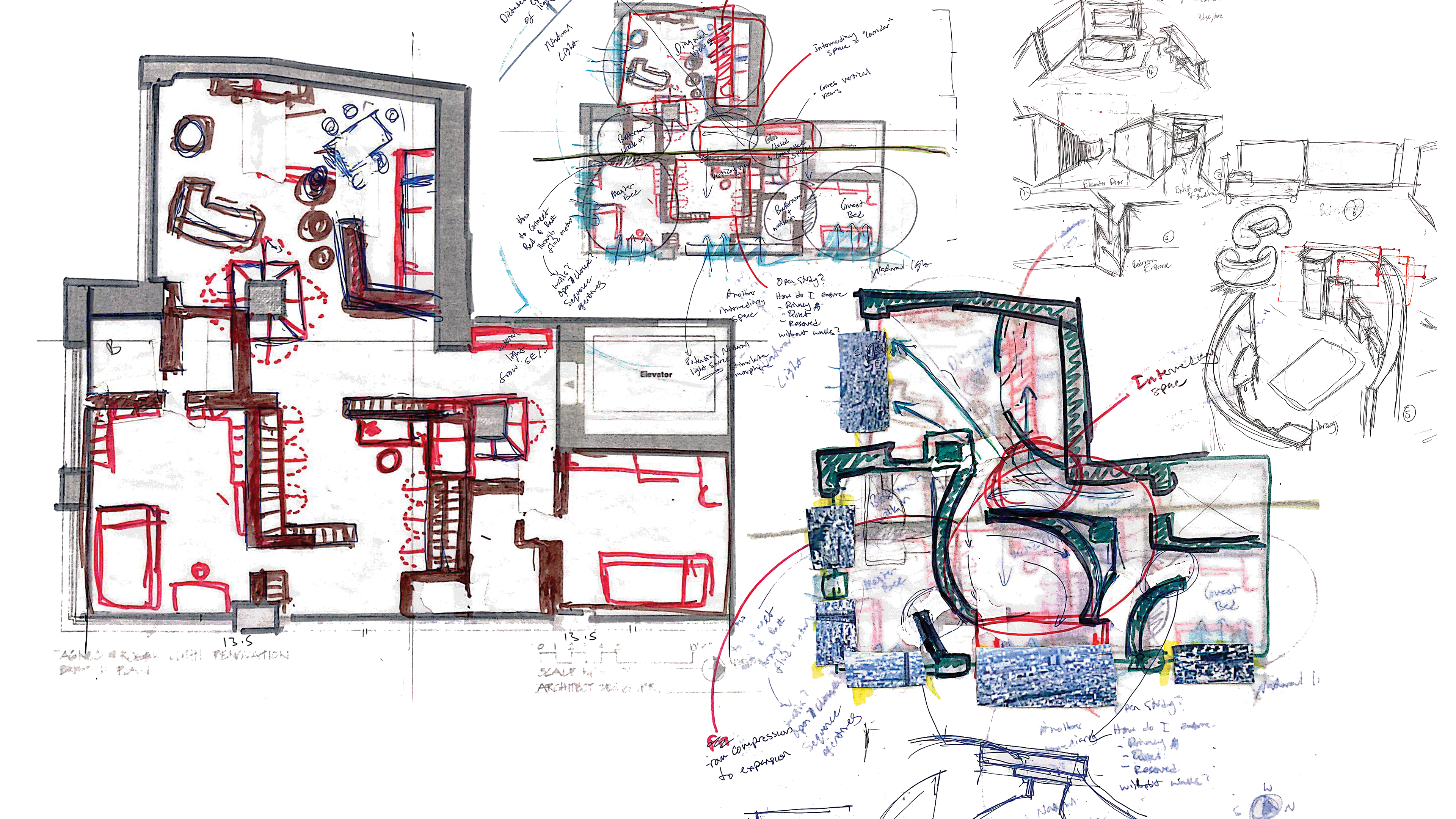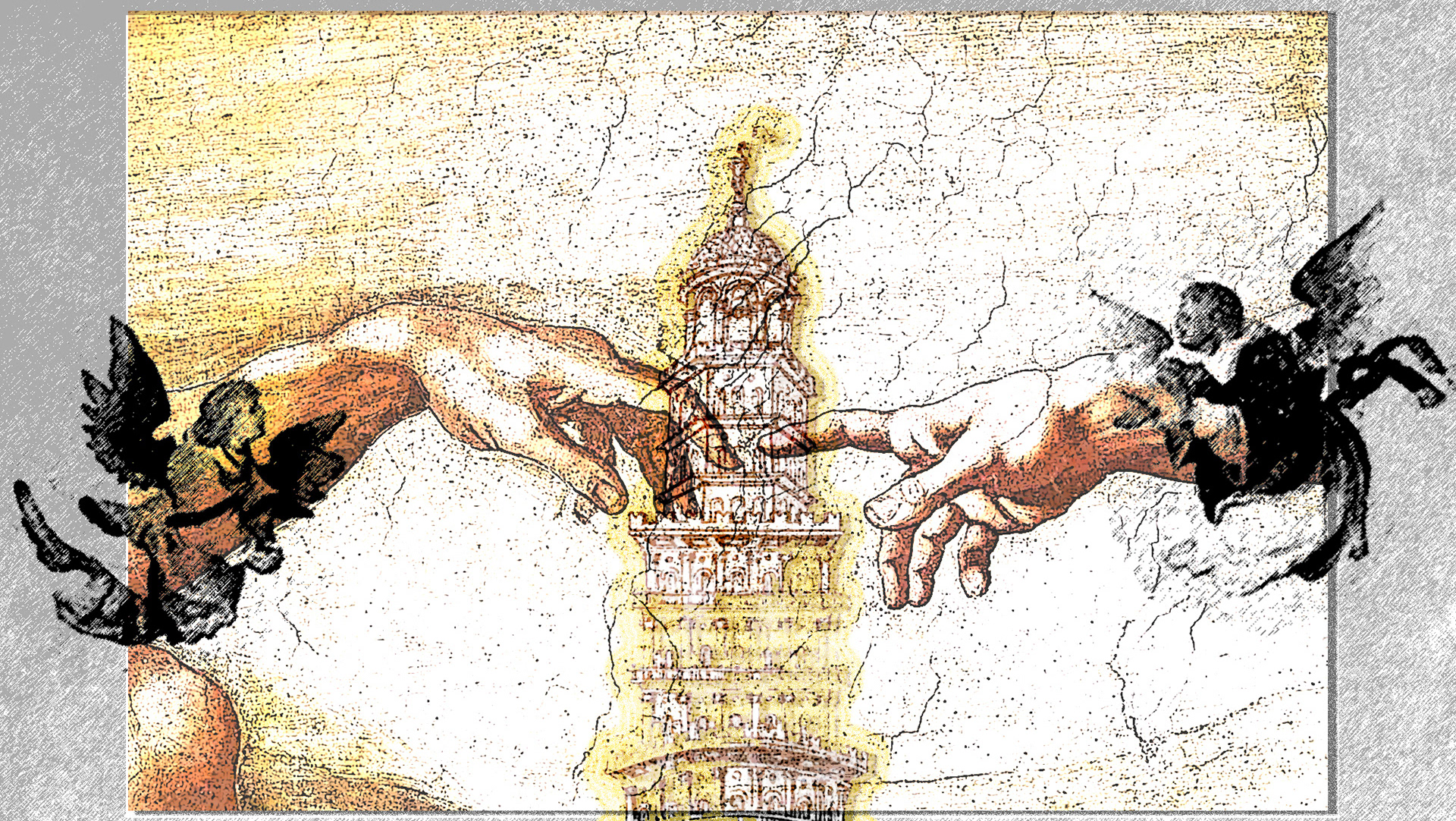The Seuss Library receives its conceptual inspiration from Dr. Seuss's literary work, 'Horton Hears a Who!'. Dedicated to curating and celebrating his artistic ingenuity, this mass timber construction specialized collections hub transcends conventional architectural boundaries. It embraces an innovative design ethos that challenges traditional notions of space, function, and structure, creating an immersive environment reminiscent of Seuss's imaginative universes. By deliberately integrating iconographic elements in both form and materiality, the library seeks to construct a cohesive narrative, aiming to seamlessly harmonize within Alexandria's urban context while establishing its identity as a historical landmark. This duality allows it to transcend time, serving as a bridge between the city's contemporary ambiance and its storied past.
A perspicuous representation of programmatic conceptual studies
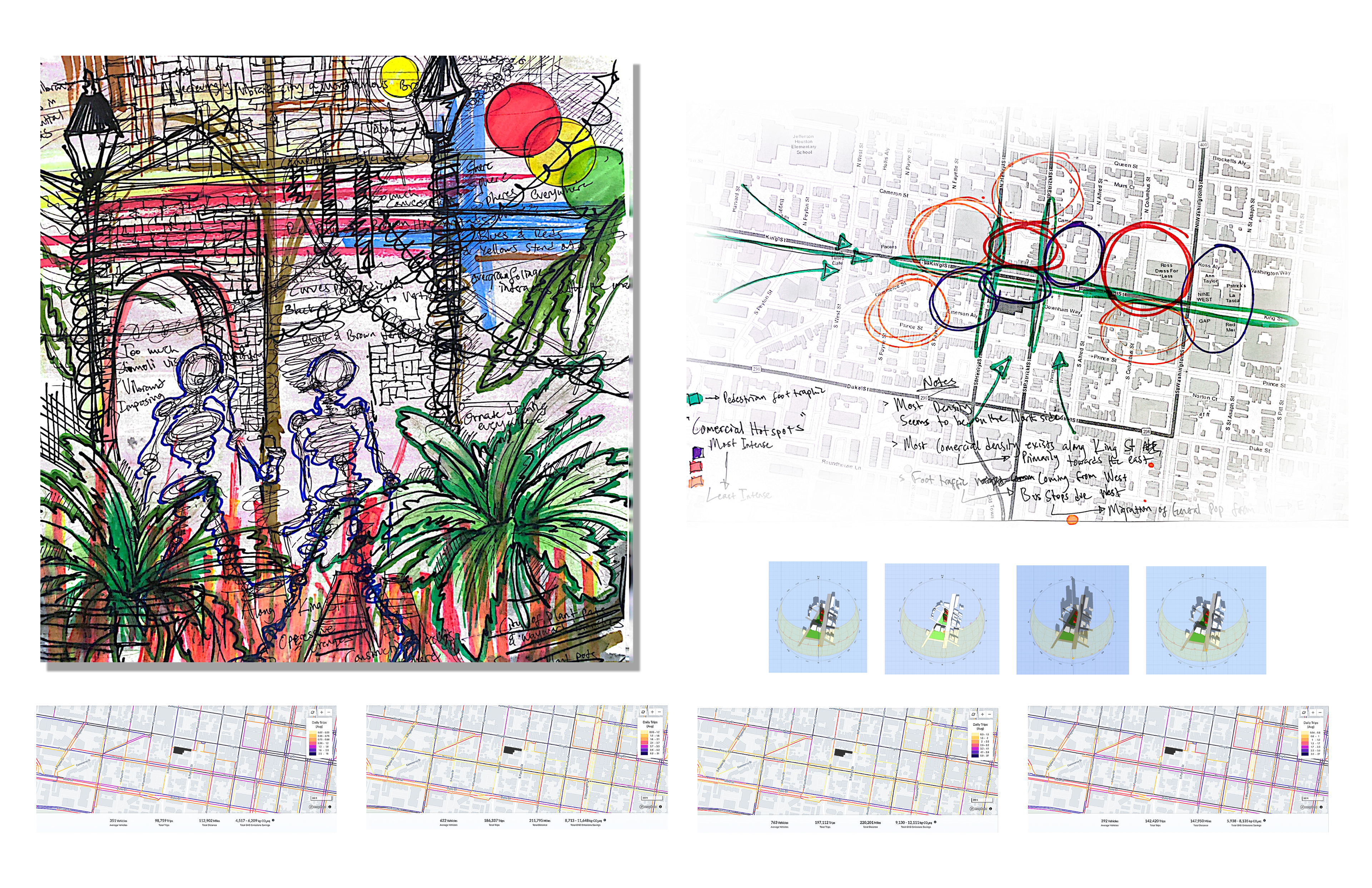
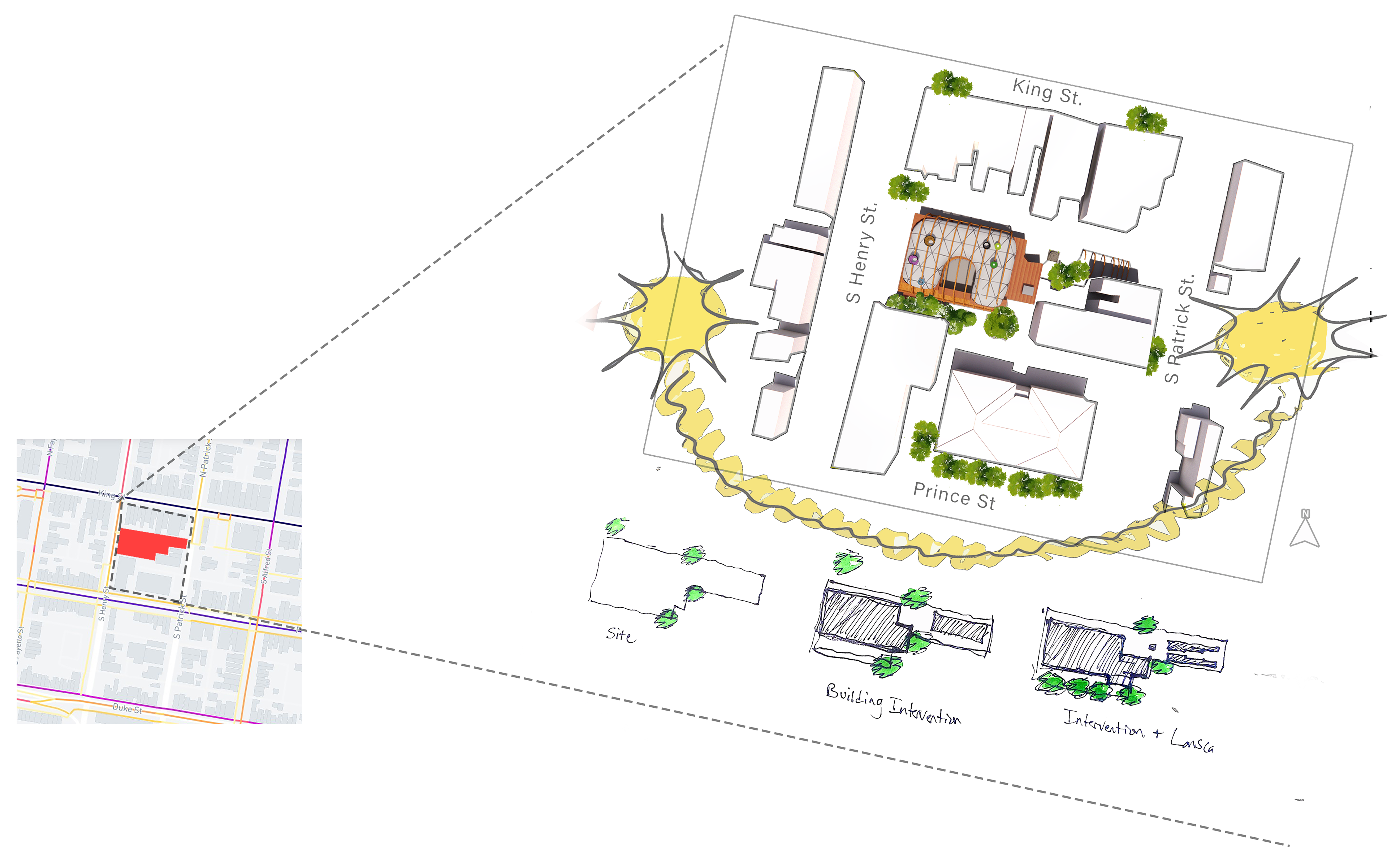
SITE ANALYSIS
Situated within Old Town Alexandria in between four predominantly busy streets, The Seuss Library acts as an intermediary landmark which embraces the city's urban alleyway culture by preserving previous circulatory patterns through the site while creating an enriched space for local activity
FLOOR PLANS
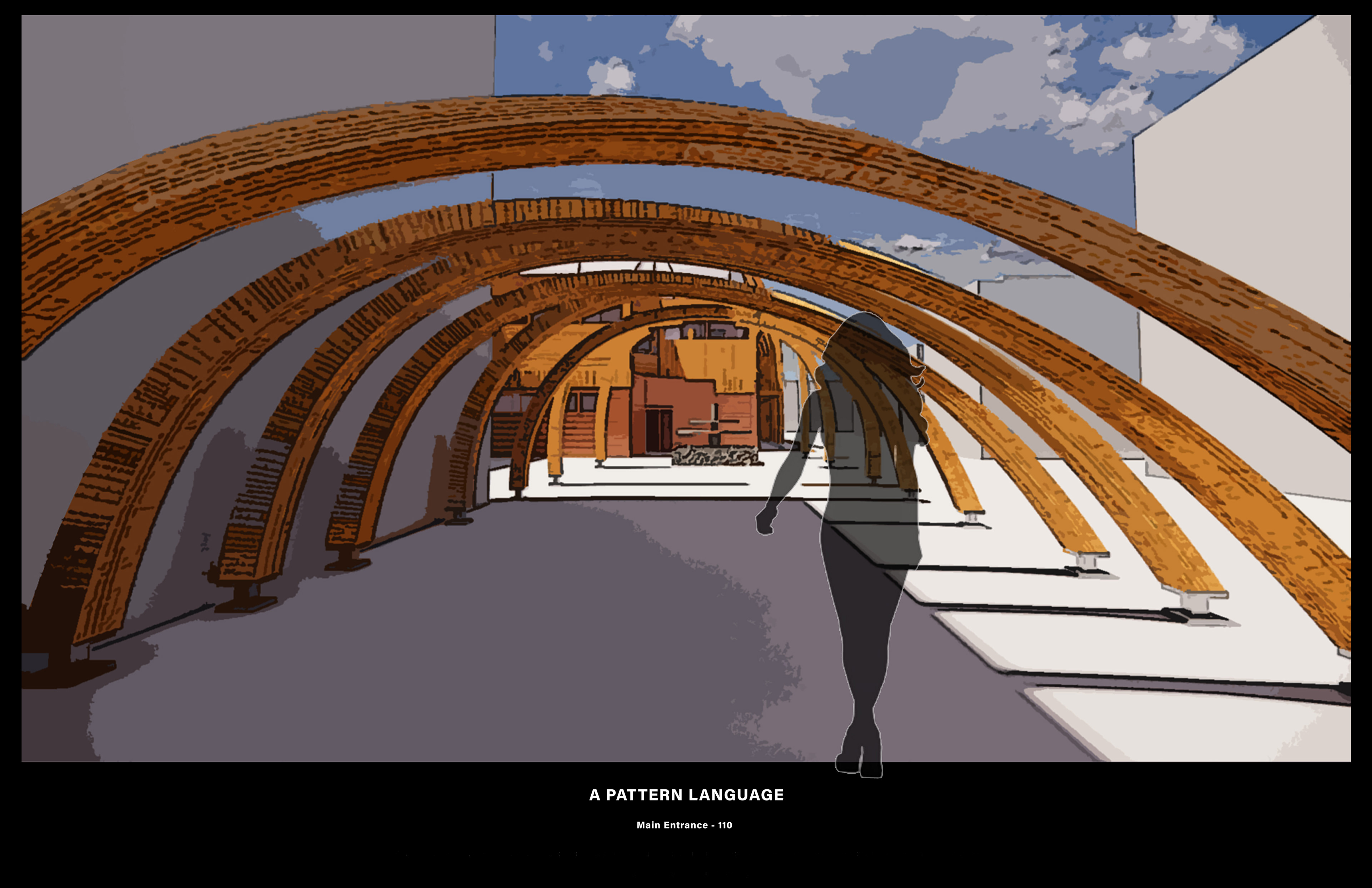
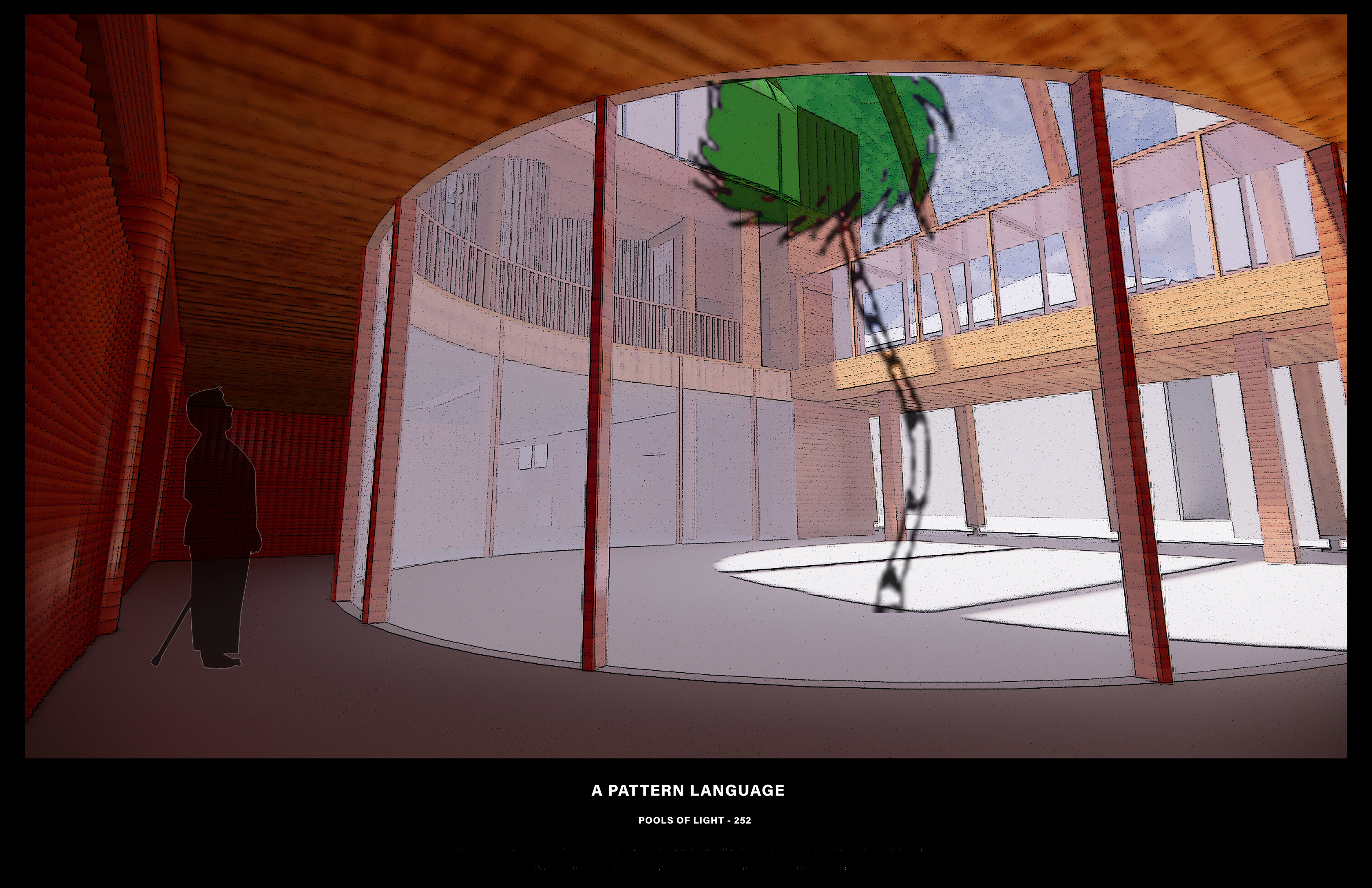

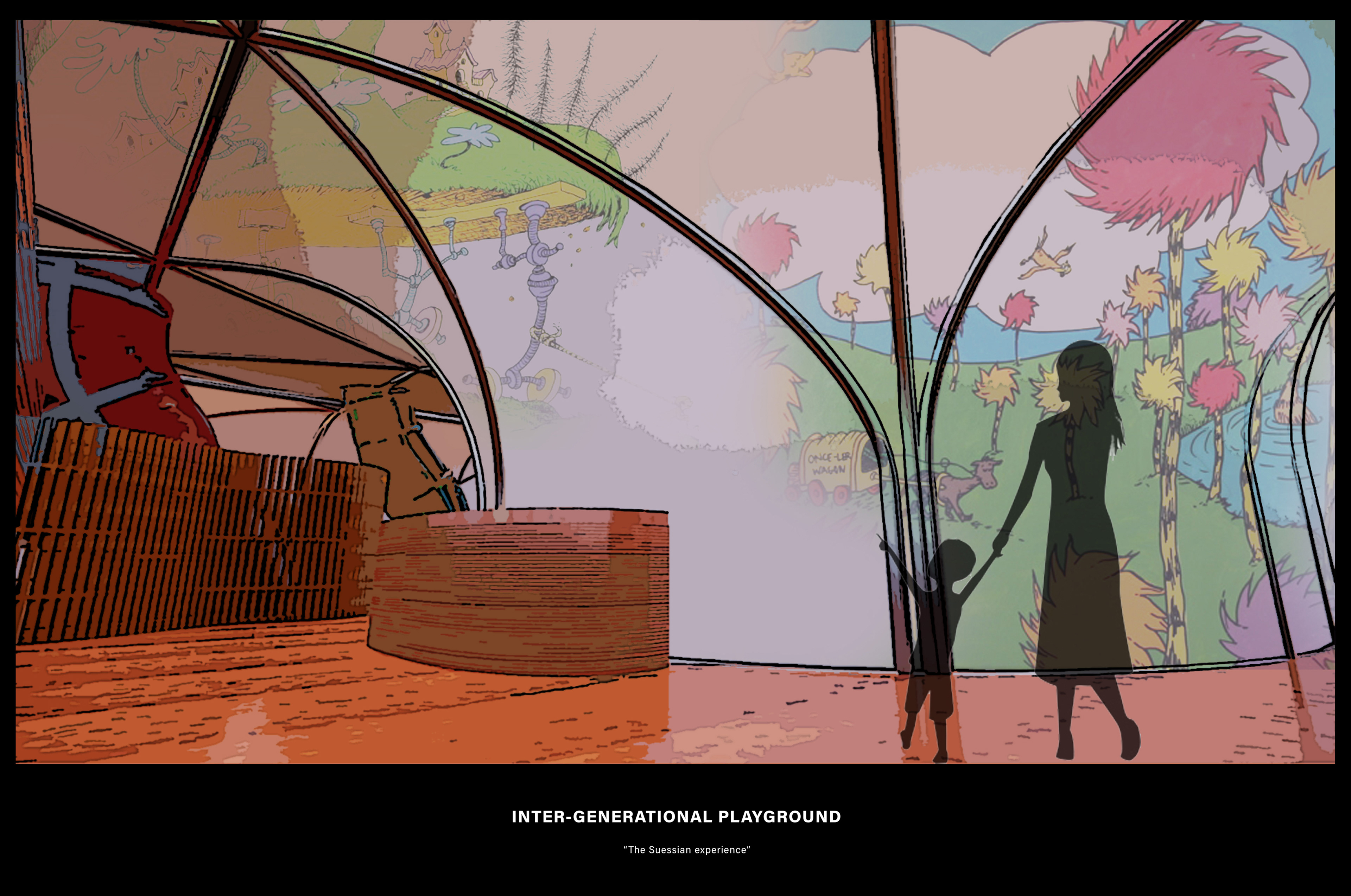

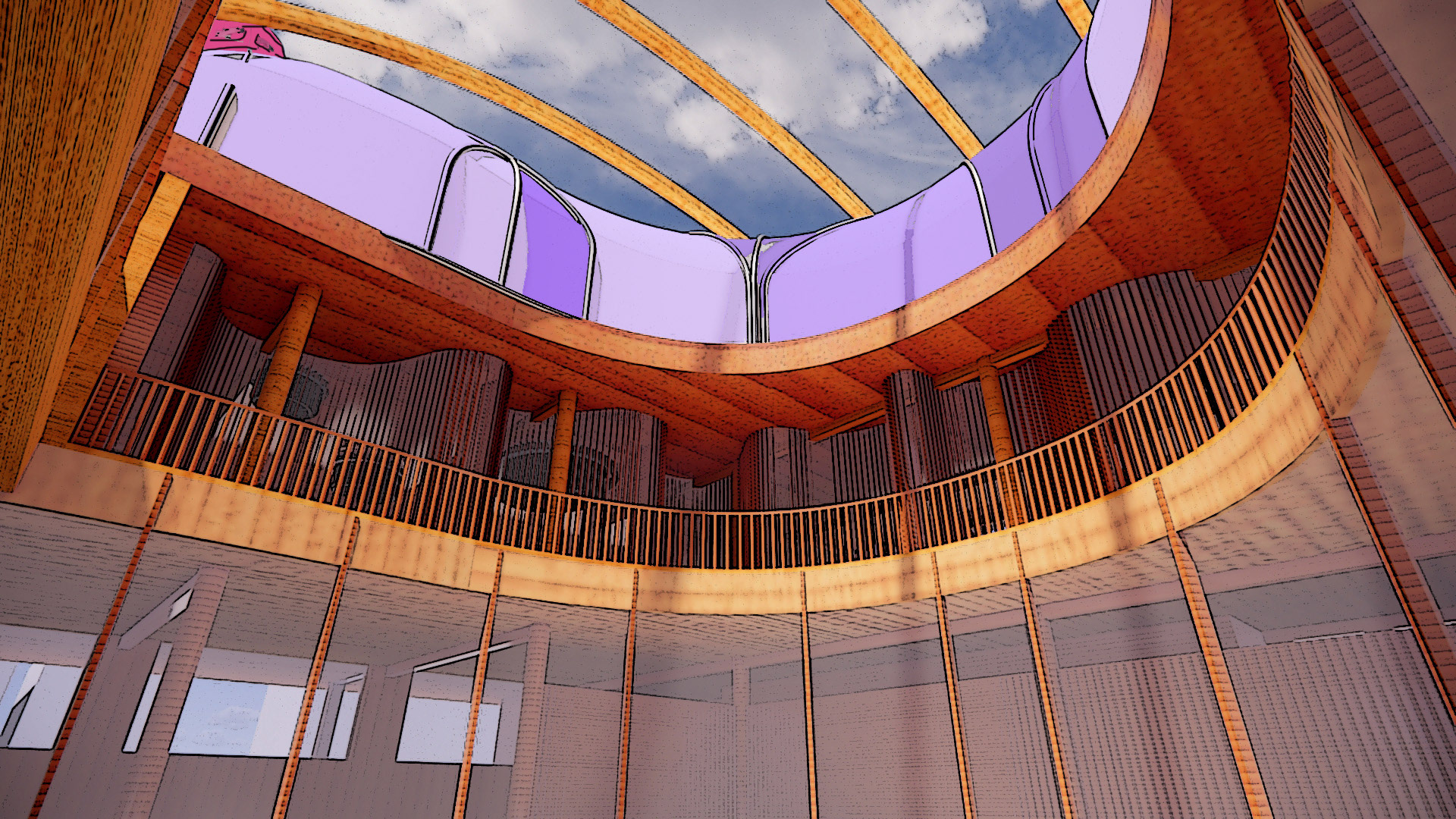
Reflection:
The Seuss Library project stands as my most ambitious creative project as I began to adopt an integrative building design approach while simultaneously developing a conscious awareness for the refinement of my work processes. Creating an exciting and cohesive architectural language without forgoing a harmonious compromise with significant formal building technicalities remained a persistent struggle I became familiar with along the course of the projects development. However; in the end, I found myself with a deepened understanding of the inner systematic composition which is carefully tailored to the overall larger and more visible building identity. I do ultimately worry I wasn't entirely successful in establishing a rigid conceptual hierarchy within the projects architectural language. As a result, there exist ideas which seem to obstruct the visual cohesion of the overall project rather than speaking to the projects foundational design principles.

